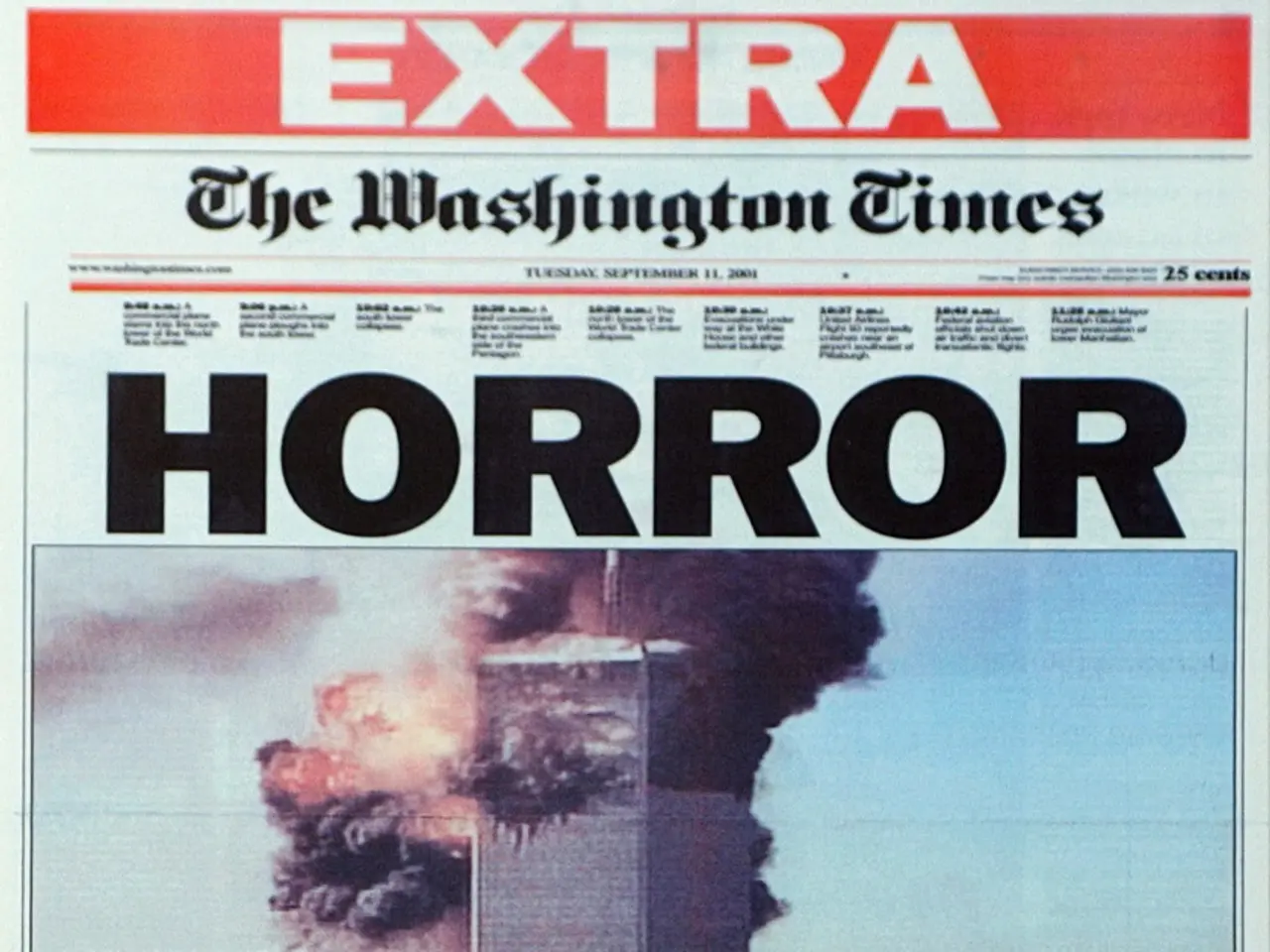Surging through glow, surging through grime, and surging past the realm of mortality.
In the early 1950s, a unique group of film crews was tasked with documenting the devastating power of nuclear weapon tests. However, their work came at a great cost, as they faced extremely hazardous conditions due to exposure to radioactive fallout.
During this period, the government assured these crews that there was no health risk associated with filming near active nuclear test sites. Yet, many crew members were unknowingly exposed to dangerous levels of radiation. This was particularly true in desert areas downwind of testing grounds like the Nevada National Security Site.
One notable example is the crew of the 1956 film The Conqueror, which shot exteriors in Utah locations only about 137 miles downwind from the Nevada test site. The cast and crew spent weeks in these fallout zones, and over time, a significant number—41% of the crew—developed cancer, with 21% dying from it by 1980. This high incidence of cancer was suspected to be directly linked to radiation exposure during filming in contaminated areas.
The dangers these film crews faced included exposure to radioactive fallout lingering in soil and air after nuclear detonations. They also encountered unknown or underestimated long-term health risks, especially cancer, due to the delayed effects of radiation. Working in remote, desolate locations near active nuclear test sites where safety protocols were inadequate or nonexistent further compounded the risks.
Moreover, the crews relied heavily on government information, which often downplayed or concealed the hazards, effectively putting them in harm's way unknowingly.
To mitigate the risks, operators used respirators and gas masks to protect their respiratory systems, especially against radioactive dust for those shooting on the surface. However, these measures were far from sufficient, and operators often absorbed occasional radiation doses and subsequent "radiation" disability.
The situation began to improve with the decrease in the number of nuclear above-ground and underground tests after the treaty. On August 5, 1963, the USSR, USA, and UK signed the Treaty on the Prohibition of Nuclear Weapon Tests in the Atmosphere, Under Water and in Outer Space, marking a significant step towards reducing the occupational risks faced by nuclear test film crews.
Despite the perilous conditions, these film crews played a crucial role in documenting the physics of new weapon explosions and their aftermath. Their work provides a stark reminder of the grave occupational risks faced during the early atomic age.
[1] Hsu, T. (2013). The Conqueror: How a Movie Star, a Desperate Director, and a Dangerous Actress Colluded to Make the Worst Film Ever Made. Simon & Schuster.
[3] Zimmer, C. (2013). Ghosts of the Atomic Café. Penguin Books.
- The importance of the science of radiation and its impact on medical-conditions was underscored in the 1950s, as a group of film crews faced hazardous conditions while documenting nuclear weapon tests.
- In the midst of the Cold War, finance played a role in the production of films like 'The Conqueror', which was shot in contaminated areas near active nuclear test sites.
- Space-and-astronomy took a backseat as media attention turned to the devastating impact of nuclear weapons, highlighted by the government-commissioned documentaries produced during this time.
- The growing concern for lifestyle and self-development in the post-war era was overshadowed by the health risks and long-term consequences faced by those working in the field of nuclear testing.
- As technology advanced, respirators and gas masks were developed to protect film crews from radiation exposure, but they were still inadequate in protecting against the delayed effects of radiation.
- The impact of this period in history reached beyond the realm of general-news and sports, as it raised questions about the ethical responsibilities of governments towards their citizens and the importance of education-and-self-development in understanding the risks associated with their work.




